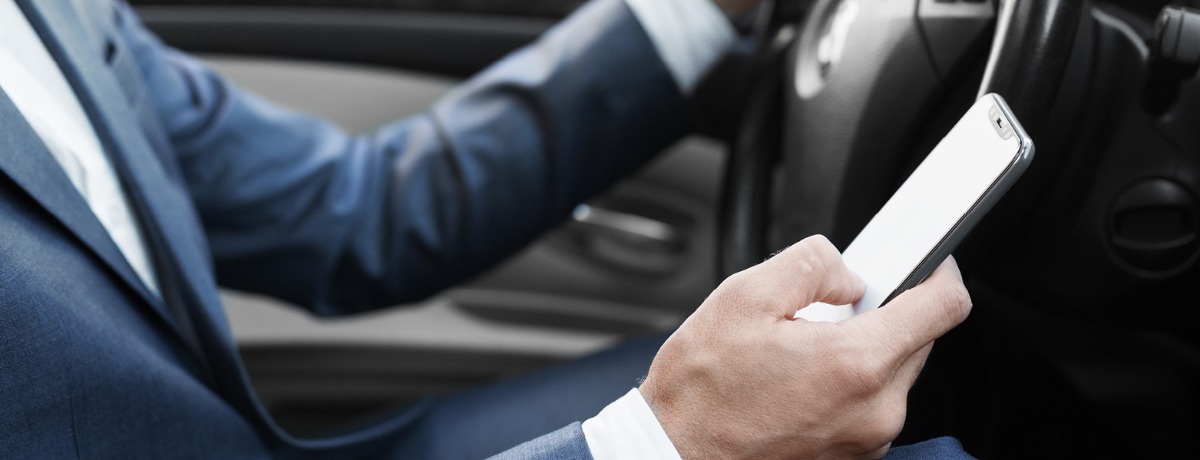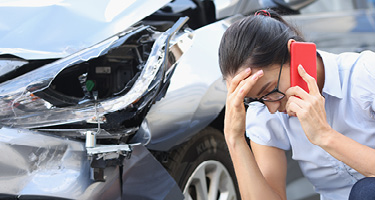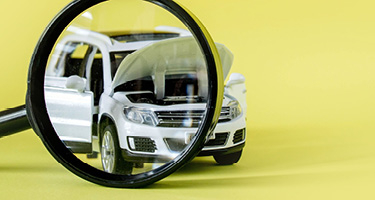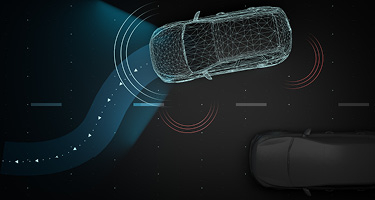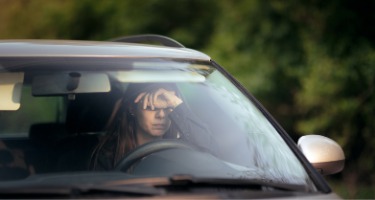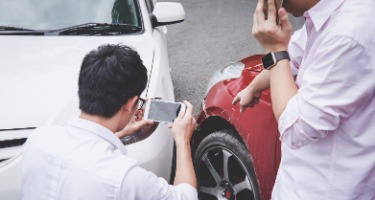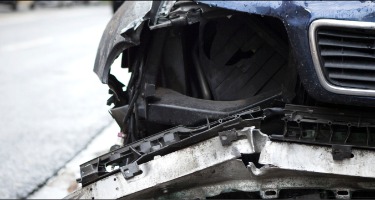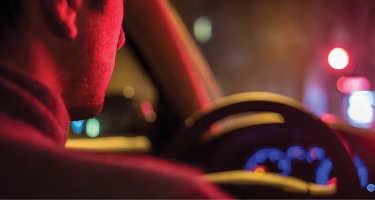Rear-end car accidents happen a lot in New York City. In 2012, the NHTSA reported that rear-end collisions accounted for about 28 percent of all car accidents in the United States. Just two years later, the NTSB said that its own study of crash data between 2012 and 2014 revealed that about half of all two-car accidents involved a rear-end collision.
Are rear-end car accidents happening more frequently? Crash statistics appear to indicate that this might be the case. Why? It might not be a coincidence that rear-end accidents have increased as cell phones have become more popular.
Distractions Are Increasingly Responsible For Car Accidents
Distracted driving has become a serious issue on American roads. Every year, more than 3,000 people are killed in accidents involving a distracted driver. While cell phones aren’t the only reason drivers are distracted, they do play a huge role.
A recent study revealed that 88 percent of American drivers use their cell phones at some point in time behind the wheel. The average driver logs about 3.5 minutes of screen time for each hour on the road.
At first, three and a half minutes might not seem like a lot. However, consider this. Let’s say you get a text. It’ll only take a second to check it, right? Maybe 5, at most? So, you glance down at your screen for 5 seconds. If you’re driving at a speed of 55 MPH, you can cover the length of a football field in that short period of time. That’s a lot of distance to cover with your eyes somewhere other than the road.
Research shows that a two-second distraction can increase the chances of getting into an accident by 20 percent. Imagine what the chances are if you’re focused on your phone for double that amount of time.
Why Cell Phones May Contribute to Rear-End Crashes
Using a cell phone while driving anywhere can be dangerous. That’s certainly true in places like New York City, where bumper-to-bumper traffic is the norm. Commuters and residents, alike, are in a rush to get to their intended destination. A typical NYC traffic jam can make any driver want to pull their hair out.
Maybe some drivers pull out their phones to let their bosses or families know that they’re running later. Others might get bored and decide to see what’s happening on social media while they wait for the light to change. Some might even check the Waze or the maps app to see if there’s a faster way to get wherever it is they’re going.
All of these behaviors take drivers’ eyes away from the road where they belong. This poses a serious threat, even in standstill traffic conditions. You don’t have to be driving 55 MPH to cause a serious accident. In fact, many rear-end collisions happen at low speeds. A lot of times, they happen at intersections because someone in line isn’t paying attention when the light changes.
That seems to be happening more frequently with the rise in popularity of cell phones. It seems particularly in congested cities like New York.
Traditional Presumptions About Rear-End Collisions Might Shift
There’s a common belief that, generally speaking, the rear driver in a rear-end crash is usually liable for the accident. Why? The rear driver should’ve been able to stop their vehicle and prevent an accident from ever happening. It’s generally thought that the driver of the vehicle at the front of the line doesn’t have much control over the situation.
Cell phone use might change that common presumption of fault. Drivers may now be contributing to rear-end collisions by holding up traffic because they’re focused on their phone, rather than the traffic around them. At the very least, the driver who crashes into the rear of another vehicle might be able to say that the other driver is at least partly responsible for the accident. Sharing fault for an accident can seriously impair - or even destroy - a victim’s opportunity to recover compensation. In that way, cell phones might play a huge role in shifting the way we view rear-end collisions.
That’s why it’s essential to make sure that any accident - including seemingly straightforward rear-end crashes - are subject to a thorough, independent investigation. That investigation might reveal interesting information that changes the way the accident is perceived. Anyone involved in an accident should hire a lawyer and seek legal advice as soon as possible after a crash.
About the Author: Michele Mirman is an award-winning personal injury lawyer and founder of Mirman, Markovits & Landau, PC, a New York based personal injury law firm. She has over 40 years of experience and has secured over $1 billion in awards and settlements for her clients.
